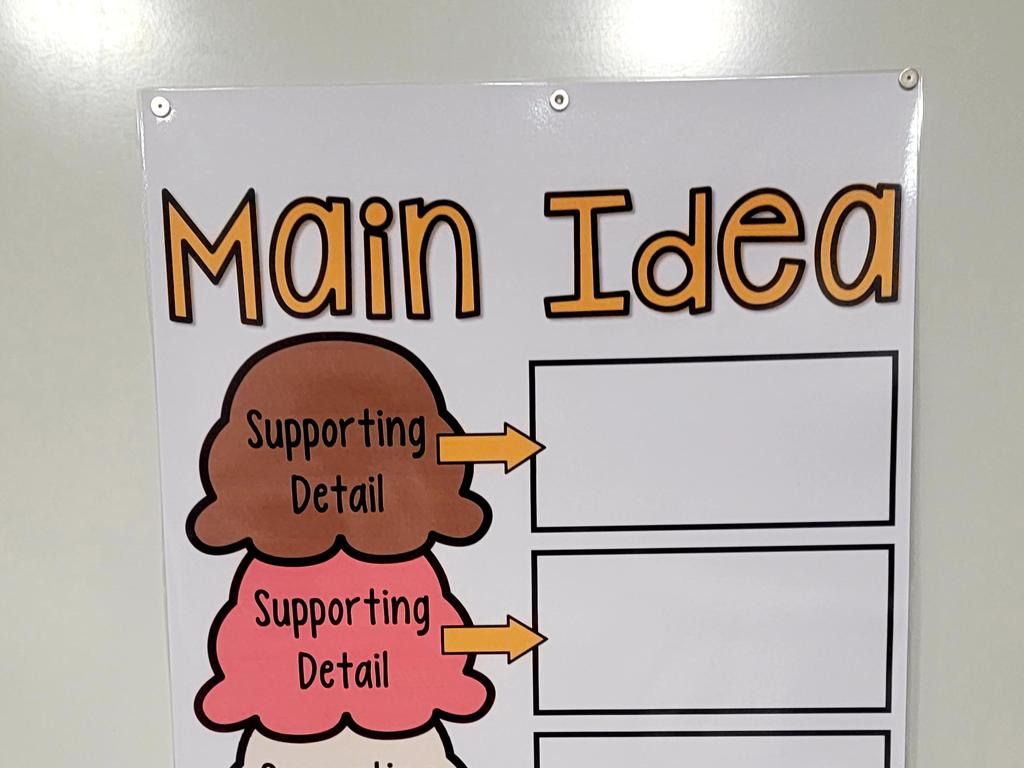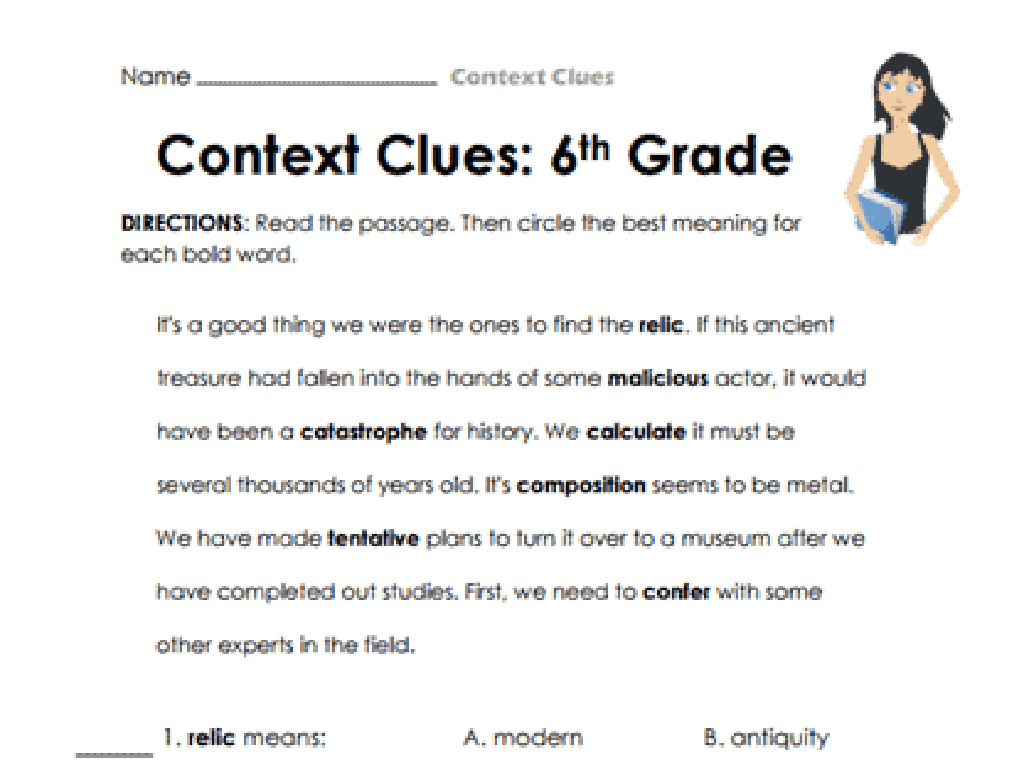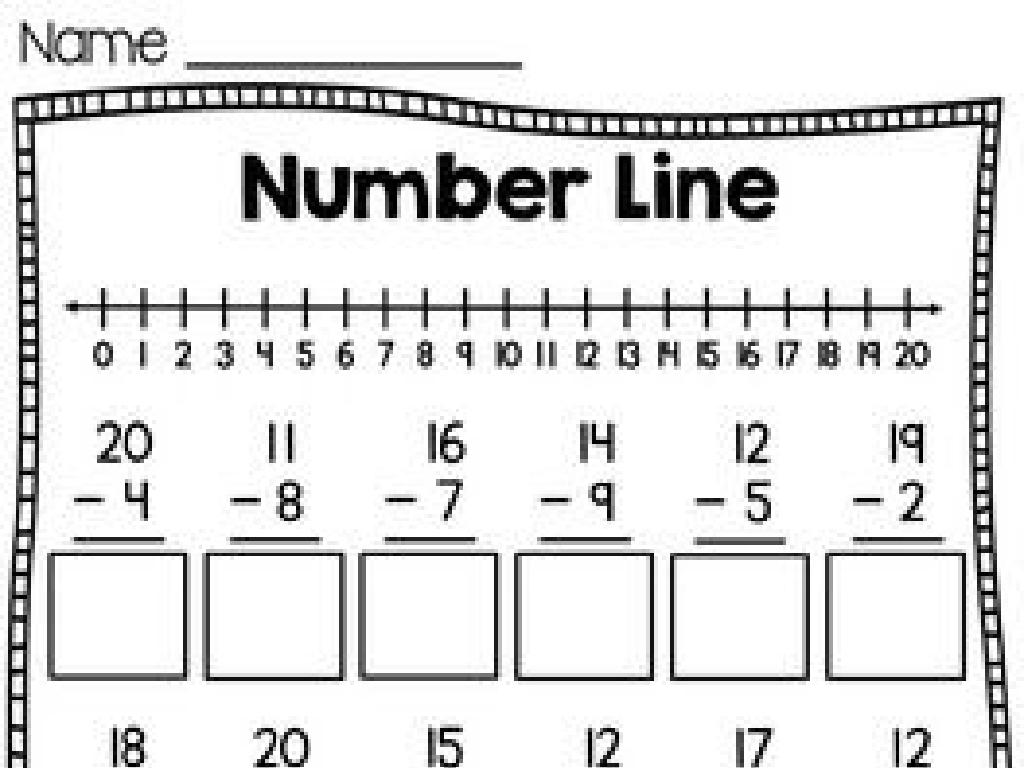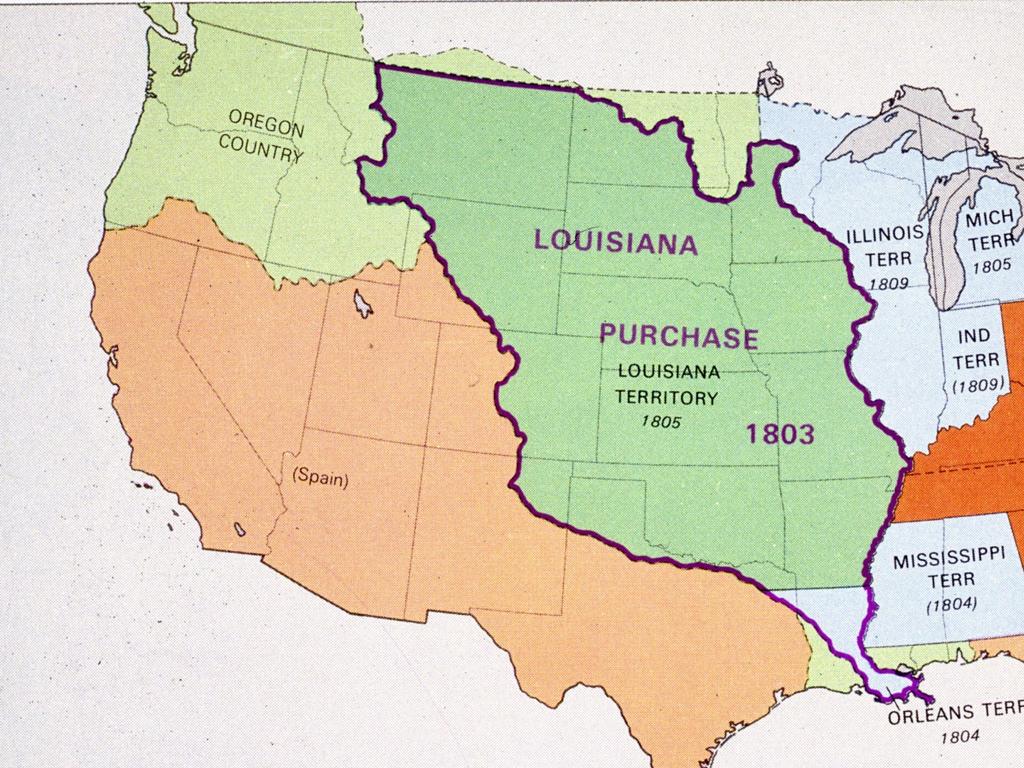Use Subordinating Conjunctions
Subject: Language arts
Grade: Second grade
Topic: Linking Words
Please LOG IN to download the presentation. Access is available to registered users only.
View More Content
Exploring Subordinating Conjunctions
– What are linking words?
– Words that connect parts of a sentence
– Introduction to subordinating conjunctions
– They’re special connectors in sentences
– How do they work in sentences?
– They join dependent and independent clauses
– Examples of subordinating conjunctions
– ‘Because’, ‘if’, ‘when’, ‘although’
|
This slide introduces the concept of subordinating conjunctions to second graders. Begin by explaining linking words as ‘bridges’ that connect ideas in a sentence, making it easier to understand. Introduce subordinating conjunctions as a type of linking word that connects an independent clause (a complete thought) with a dependent clause (an incomplete thought). Use simple examples to show how these conjunctions join clauses together. For instance, ‘I eat breakfast before I go to school’ – ‘before’ is the subordinating conjunction linking two ideas. Encourage students to think of sentences that might use ‘because’, ‘if’, ‘when’, or ‘although’, and discuss how the meaning of the sentence changes with different subordinating conjunctions.
Subordinating Conjunctions
– Connect two ideas together
– Show which idea is more important
– Used to show time, reason, condition
– For example, ‘I eat breakfast before school’ shows time.
– Examples: because, if, when, although
– ‘Because’ shows reason, ‘if’ shows condition, ‘when’ shows time, and ‘although’ shows contrast.
|
Subordinating conjunctions are the building blocks that help us combine smaller ideas into more complex sentences. They’re like the glue that holds different parts of a sentence together. When teaching second graders, use simple and relatable examples to illustrate how these conjunctions function. For instance, ‘I wear a coat because it’s cold’ or ‘I can play outside if I finish my homework.’ These examples will help them understand the concept of importance and condition. Encourage the students to create their own sentences using subordinating conjunctions to reinforce their understanding.
Why Use Subordinating Conjunctions?
– Make writing interesting
– They add details, like ‘because’ in ‘I smiled because I was happy.’
– Explain reasons or conditions
– Words like ‘if’ show conditions: ‘If it rains, we’ll stay inside.’
– See them in sentences!
– Let’s look at examples together in class!
|
Subordinating conjunctions are essential in creating complex sentences that are rich in detail. They help us connect two ideas in a way that shows the relationship between them, such as cause and effect or conditions. For second graders, it’s important to introduce these concepts with simple, relatable examples and to practice using them in sentences they might say or write in their daily lives. During the lesson, provide clear examples and create opportunities for students to practice forming sentences with subordinating conjunctions. Encourage them to think of their own examples and share with the class to reinforce their understanding.
Using Subordinating Conjunctions
– ‘Because’ for reasons
– It links a reason to an action, e.g., ‘I wore a coat because it was cold.’
– ‘If’ for conditions
– It sets a condition for something to happen, e.g., ‘If you study hard, you will do well.’
– ‘When’ for time
– It tells us when something happens, e.g., ‘I read a book when it’s bedtime.’
|
This slide introduces second graders to subordinating conjunctions, which are words that connect two ideas where one is dependent on the other. ‘Because’ is used to explain why something happens. ‘If’ is used to talk about a possible condition and its outcome. ‘When’ is used to describe the timing of an event. Encourage students to think of their own sentences using these conjunctions to solidify their understanding. You can also use illustrations or storytelling to make the concept more relatable and easier to grasp for the students.
Let’s Practice Subordinating Conjunctions!
– I’ll say a sentence aloud
– Choose the right conjunction
– Think: which word connects the ideas best?
– Write the sentence on the board
– We’ll use markers to write it big and bold
– Practice makes perfect
|
This interactive activity is designed to help second graders understand and practice using subordinating conjunctions. Start by clearly saying a sentence to the class. Then, prompt the students to think about which subordinating conjunction (like ‘because’, ‘if’, ‘when’, ‘although’) would best link the ideas in the sentence. Once a student chooses a conjunction, invite them to come up to the board to write the complete sentence. This will give them a chance to apply their knowledge and see the conjunctions in action. Encourage participation and praise efforts to build confidence. Repeat with different sentences to reinforce learning.
Your Turn to Create with Subordinating Conjunctions!
– Think of two separate ideas
– Link ideas using a subordinating conjunction
– Words like ‘because’, ‘if’, ‘when’, ‘although’
– Form one complete sentence
– Share with a classmate
– Practice speaking and listening skills
|
This slide is designed to engage students in creating sentences using subordinating conjunctions, which are words that connect an independent clause to a dependent clause. Encourage students to think creatively and come up with two ideas that they can connect. Provide examples of subordinating conjunctions such as ‘because’, ‘if’, ‘when’, and ‘although’. Remind them that the conjunction goes with the second, dependent idea. After they’ve written their sentence, they should share it with a partner, which will help them practice their speaking and listening skills. As a teacher, walk around the classroom to assist and listen to the sentences being formed. This activity will help reinforce the concept of subordinating conjunctions in a fun and interactive way.
Class Activity: Sentence Builders with Subordinating Conjunctions
– Receive sentence strips and conjunction cards
– Build sentences with subordinating conjunctions
– Use words like ‘because’, ‘if’, ‘when’, ‘although’ to connect ideas
– Share sentences with the class
– Display on ‘Linking Words Wall’
– Our wall will show how we link thoughts together!
|
This activity is designed to help students understand and practice using subordinating conjunctions to connect ideas in sentences. Divide the class into small groups and provide them with strips of paper containing independent clauses and cards with subordinating conjunctions. Guide them to combine these elements to form complex sentences. Encourage creativity and collaboration within the groups. After constructing their sentences, each group will share their best examples with the class. Finally, display these sentences on a designated ‘Linking Words Wall’ in the classroom, creating a visual reference for students to recall how subordinating conjunctions function. Possible conjunctions to include are ‘because’, ‘if’, ‘when’, ‘although’, ‘before’, ‘after’, ‘while’, ‘since’, ‘until’, and ‘unless’.
Conclusion: Subordinating Conjunctions
– Excellent work on conjunctions!
– Homework: Write a short story
– Include at least three different subordinating conjunctions like ‘because’, ‘if’, or ‘when’.
– Use 3 subordinating conjunctions
– Make your story exciting!
– Linking words add detail and connect ideas smoothly.
|
Students have done a great job learning about subordinating conjunctions. For homework, they are tasked with writing a short story that includes at least three different subordinating conjunctions. This exercise will help them understand how these linking words can join ideas and add complexity to their sentences, making their stories more engaging. Encourage creativity and remind them that conjunctions like ‘because’, ‘if’, ‘although’, ‘when’, and ‘while’ can show time, reason, condition, and contrast in their stories. Provide examples if necessary and offer to help brainstorm story ideas in class to get them started.






